Learn how to – Ezoic Vs Mediavine – Comparison and Key Differences.
Are you planning to monetize your content website by showing ads to your site visitors? One of the best ways to monetize your website is by using an advertising network. If you have a small or medium-sized website that receives less than 100,000 visitors per month, then the two best ad networks to partner with are Ezoic or Mediavine.
Below is a comparison guide on which ad network is best for your website: Ezoic vs. Mediavine. Keep reading to determine which advertising platform is more favorable for your content website.
What Is Ezoic?
Ezoic is an advertising platform that uses AI to test different types of ads on a website, allowing publishers to improve their website’s user experience and increase their ad earnings automatically. Publishers that use Ezoic have full control over ad placement and the number of ads that will appear on their website.
A website with great user experience will earn more revenue from ads unlike a website with poor user experience. Ezoic was the first ad network in the digital marketing industry to include machine learning and artificial intelligence in its products and features.
Key Features
Some of the key features that make the Ezoic platform stand out include:
Video Player
Ezoic has a video player feature that helps to improve the results and quality of streaming videos on a website. The platform uses machine learning technology to boost the results of video streaming.
Big Data Analytics
The big data analytics tool offers helpful audience insights to show you how different components of your website and its content affect the revenue you make from ads. The information will help you create better strategies to improve ad performance.
Leap
Leap is a feature that contains a set of tools which enhance a website’s performance by identifying any poor performance issues, tracking the source of the problem, and delivering an automated remedy to improve the performance of the ad platform.
SEO Tag Tester
The SEO tag tester is a tool that allows publishers to improve the SEO performance of their websites by experimenting with various SEO descriptions and page headers.
What Is Mediavine?
Mediavine is a display ad network that controls the placement of ads on a website. Users of this programmatic ad network can control the number of ads posted on their websites but not their placement. Mediavine is a popular ad platform because it pays one of the highest revenues per mille (RPMs) to publishers. RPM refers to the amount of earnings a publisher gains per 1000 views.
Key Features
The key features of the Mediavine ad network include:
Dashboard
The Mediavine dashboard helps publishers to optimize their websites for adverts by customizing the ad settings, evaluating the RPM metrics, tracking ad earnings, and many more. Also, the Mediavine dashboard has a health check feature that indicates how well as website is optimized for ads in different colors. The color red indicates that a website is poorly optimized for ads, while teal shows that a website is greatly optimized for ads.
Grow
Grow is a Mediavine tool used to boost user engagement. By acquiring first party data, Grow allows website owners to receive high performing customized ads for their platforms.
Create
The Create tool is a WordPress plug-in that publishers use to add content cards to blog posts marked up with structured data for search engines. Create is excellent for How-to’s, lists, and recipes content.
Trellis
This is a WordPress speed-optimized theme that allows publishers to stay up to date with the Core Web Vital standards of Google to boost performance and enhance user experience.
Ezoic Vs Mediavine
1. Requirements for entry
Ezoic
Up until June 2021, the Ezoic network had a threshold of 10,000 monthly page views for any website that wanted to join the platform. However, the newest Ezoic policy indicates that the platform no longer has any traffic restrictions, which means that websites with fewer visitors can be admitted to the platform.
If you want to use the Ezoic network for ads on your website, there are a few requirements for entry that your website should have. They include:
- The publisher of the website must comply with the Publisher Policies of Google
- The website’s language must be supported by AdSense
- The website must be content-rich or have informational and valuable content; unless it’s an active blog, ecommerce sites and corporate websites are not accepted
- The publisher of the website must comply with AdSense Policies of Google and be in good standing
- The website content must not breach any intellectual property rights or be considered inappropriate e.g. bullying or adult content
Websites which have content that covers finance, political, or healthcare topics may have more restrictions. If your website meets the above requirements and you post content regularly, then your website is likely eligible for the Ezoic ad network. To improve your website’s chances of eligibility, ensure that your site has a website tracking mechanism (Google Analytics is a great option).
Mediavine
The main requirements for joining the Mediavine ad network include:
- The website must contain long-form, original, and engaging content with a minimum of 1000-1500 words
- The website must comply with AdSense Policies and be in good standing with Google
- The blog must have received at least 50,000 sessions (the number of times users interact with your website) within the last 30 days
- The publisher must be using the Google Analytics tool to track website traffic because they will be required to provide proof using a screenshot
- A 90-day contract requiring the publisher to keep ads on the website, after which the contract will be automatically extended every 30 days (in order to cancel the partnership, a written notice will be required)
50,000 sessions are equal to around 60,000 to 100,000 page views and they include the number of times users click on links on the website or read the articles. Kindly note that website visitors looking at your website page and leaving without taking any action does not count as a session.
Which Has Easier Requirements For Entry?
In the Ezoic vs. Mediavine comparison, Ezoic has easier entry requirements compared to Mediavine. Mediavine requires that websites should have at least 50,000 sessions (60,000 – 100,000 page views) within the last 30 days, which makes it harder for small businesses with low traffic to qualify for the ad network.
On the other hand, the latest Ezoic policy shows that the ad network no longer has traffic restrictions, which makes it easier for growing companies with fewer page views to qualify for the advertising platform.
2. Process Of Approval
Ezoic
The process of approval for the Ezoic ad network takes between 12 to 48 hours after you sign up. In case you have built your website on the WordPress platform, you can integrate it easily with Ezoic using its WordPress plug-in after the approval process. Just upload Ezoic’s plug-in and connect it to your account on the Ezoic platform. Ensure that you copy and paste your account ID in order to sync your account with your website to start running the ads.
Sites that receive more than 10,000 views per month have a faster approval process on Ezoic compared to sites with fewer views. Moreover, the approval process on Ezoic begins after you have successfully integrated and setup your account.
Mediavine
After proving that your website meets the 50,000 session requirement, Mediavine will take 15 to 21 business days to approve your application for the ad platform. You will be required to submit a Google Analytics file (PDF format) to verify your website’s monthly session volume. The support team at Mediavine may contact you as your website undergoes the approval process to ask for additional information about your content, affiliate monetization, or former integrated ads.
After everything is settled, Mediavine will begin running ads on your website.
Which Has A Faster Approval Process?
When comparing the Ezoic vs. Mediavine approval process, Ezoic takes the lead because its approval time is shorter. While Mediavine takes 2 to 3 weeks to approve the application, Ezoic only takes 12 to 48 hours to approve and give feedback.
3. Set Up Of Ads
Ezoic
The Ezoic platform is well known for being a self-service network, which requires you to connect your website to the platform through cloud integration. Cloud integration can be achieved through either of the two approaches below:
Via Name Servers
This approach requires the Ezoic network to function as a proxy, which allows your site visitors to enjoy the optimized version of your website. All you need to do is replace the name servers with your site’s domain host e.g. NameCheap, Bluehost, GoDaddy, or any other.
Through Cloudflare
Ezoic will automatically link your website to its platform if you are currently using Cloudflare as a content delivery network.
Once the cloud integration is complete, you can either use Chrome Extension or Ezoic WordPress plug-in to create placeholders where ads will appear on your website. The WordPress plug-in will automatically create ad placeholders on your WordPress website and the Chrome Extension allows you to choose the ad sizes and locations without any code. Just activate the Chrome Extension then click on various areas on your website to insert the ads.
Mediavine
Unlike Ezoic which is a self-service network, Mediavine’s ad network is full service and only requires a script wrapper addition. A script wrapper refers to a master script which controls the rest of the scripts to the head section of the HTML code of your website. Once the script wrapper is installed, Mediavine regulates the placement of ads on your website.
Mediavine ads are integrated using either of the following two methods:
- HTML Code- for this option, copy the code (script wrapper) then paste it to the head section of your website’s HTML
- WordPress Plug-in- the plug-in will automatically add the script wrapper to your website
Which Ad Setup Is Better?
If you compare Ezoic vs. Mediavine in terms of ad setup, Mediavine takes the win because it is a full service network that handles every aspect of setting up the ads once you install the script wrapper code.
4. Site Speed
Ezoic
Most ad networks tend to lower the speed of a website by increasing its loading time, which negatively affects user experience. Ezoic helps to solve poor loading speed and improve user experience by using the following ways:
Ezoic Content Delivery Network (CDN)
The CDN helps to decrease a website’s load speed by at least half. If your website uses Cloudflare as a CDN, the integration with Ezoic will be smoother because the ad network is a Certified Cloudflare partner. Moreover, the website will have a fast loading speed once the ads start running.
Ezoic Site Speed Accelerator
The speed accelerator program is an upgraded version of the free Leap program, which aims to increase the speed of a website. If your website is still experiencing loading speed issues while using Ezoic’s Leap program, try using the accelerator program for better results. The accelerator program costs about $29 per month.
Mediavine
The ads generated by the Mediavine platform are designed to deal with site speed issues. One of the strategies used by Mediavine is “Lazy Loading” ads. The ad network ensures that all the ads are loaded after the entire website page has loaded completely. This ensures that the loading of ads does not slow down the website’s speed, thereby creating better user experience.
Which Ad Network Has Better Site Speed?
In the comparison of Ezoic vs. Mediavine, Mediavine has better site speed compared to Ezoic. Mediavine increases page load time by about 1 or 2 seconds while Ezoic increases the page load time by about 6 to 9 seconds. Also, Mediavine’s page load speed is faster than Ezoic’s accelerator program.
5. Earnings
Ezoic
Publishers that use the Ezoic platform keep 90% of their ad revenue while Ezoic keeps the remaining 10%. Alternatively, Ezoic offers an ad-funded free program for publishers that desire to take advantage of Ezoic’s monetization features without earning from ads. Ezoic keeps revenue earned from an ad in exchange of the publisher’s continued use of the monetization features.
Ezoic calculates ad revenue using EPMV, which refers to the amount of earnings per 1000 visitors. EPMV considers the value of each visitor based on the amount of pages they visit, the number of ads they come across, their bounce rate, and much more. Ezoic pays an average of $10-40 per 1000 page views.
Mediavine
Publishers on the Mediavine platform keep 75% of their ad revenue, while 25% goes to Mediavine. Ad partners such as GumGum and ZergNet may help publishers absorb some of the ad server costs, which allow publishers to retain 80% of their ad revenue while Mediavine gets the remaining 20%.
If you choose to partner with Mediavine in the long term, you can earn a loyalty bonus of one percent increase in annual earnings for 5 years. This means that after committing to Mediavine for 5 years, you can keep 85% to 90% of your ad revenue.
Mediavine calculates ad revenue using revenue per mile (RPM). RPM refers to the number of earnings per 1000 impressions. The ad network pays an average of $10-50 per 1000 page views.
Which Ad Platform Has Better Earnings?
When comparing earnings against Ezoic vs. Mediavine, Ezoic offers publishers better and fairer earnings compared to Mediavine. Publishers using Ezoic get to retain 90% of their ad revenue while publishers using Mediavine only keep 75% of their ad revenue. Although publishers on Mediavine can retain 85-90% of their ad revenue after 5 years, it sounds like a huge price to pay considering how much the publishers would have made over the course of those 5 years.
Moreover, Ezoic’s EPMV revenue is more accurate compared to Mediavine’s RPM when measuring the total value of a website visitor.
Advantages and Disadvantages- Ezoic Vs Mediavine
Ezoic Pros
- Has ad testing features that boost the likelihood of making revenue
- Provides protection against policy infractions
- Has a lower payment threshold, which makes Ezoic affordable
- Allows affiliate marketing, which makes it easier to earn revenue
- Offers complete control over ads
Ezoic Cons
- Long loading speed which requires publishers to invest in site accelerators
- Several complaints about poor customer support
- Has a complex ad setup procedure
Mediavine Pros
- Great customer support
- Offers incentives for loyalty and growth
- Pays high RPMs
- Offers transparent income splits
- Has good site speed
Mediavine Cons
- The approval process is too long
- Has many barriers to entry
- Publishers have limited ad control
Final Thoughts
Both Ezoic and Mediavine ad networks are great for advertising on your website because they will help you make more revenue compared to advertising with other ad networks like AdSense. After comparing Ezoic vs. Mediavine, Ezoic stands out as the best ad network to work with.
Ezoic has simpler requirements for entry because it has no traffic limitations unlike Mediavine, which requires at least 50,000 sessions. Also, the approval process for Ezoic is faster because it only takes a maximum of 48 hours while Mediavine takes up to 3 or 4 weeks. You will also have more control over the placement of ads on your website when using Ezoic unlike Mediavine, which has limited ad control.
As for revenue, you will earn more with Ezoic because you will keep 90% of your earnings compared to Mediavine, which will retain 25% of your hard-earned revenue. Although Ezoic has site loading issues, it offers the accelerator program to solve the problem and ensure that users have great user experience on your website.
Ezoic is the better option for publishers that are growing their website and want to make a good amount of revenue from ads.

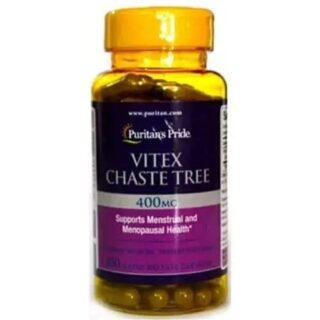
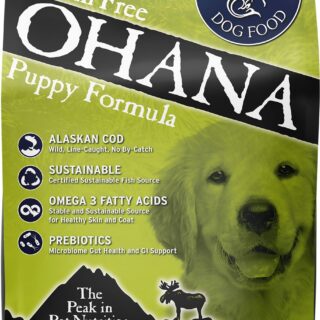

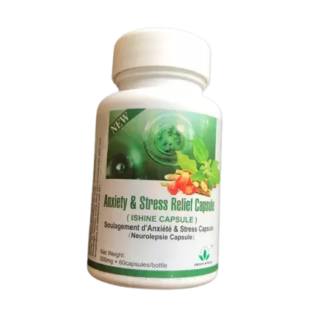
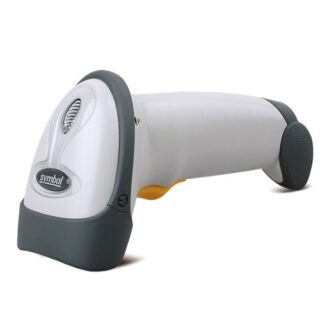

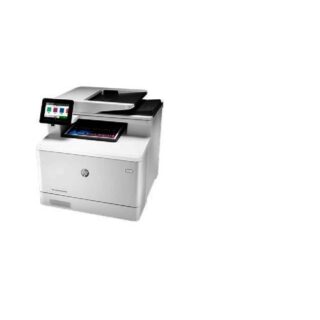
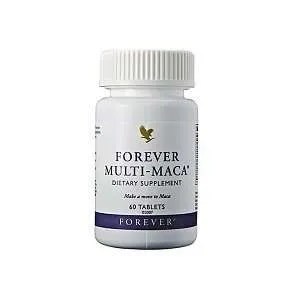
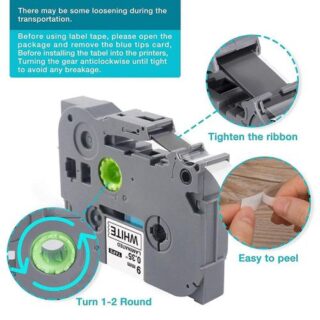
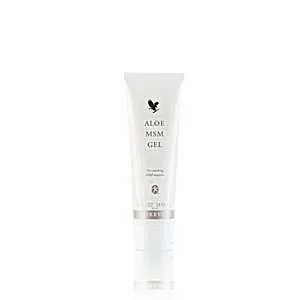
Leave a Reply
You must be logged in to post a comment.